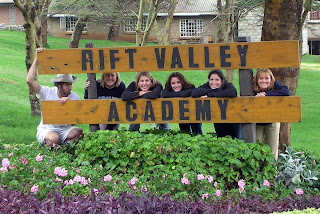

Both systems offer real-time information that can help predict which areas will need urgent investment to cope with extreme climate events. The government should also publish, in local languages, the early warning rainfall data it receives from the NDMA and the Intergovernmental Authority on Development (IGAD) on climate and conflict risks.National authorities should also step up investment in health, education and infrastructure in areas populated by semi-nomadic herders, to make these vulnerable communities more resilient to climate shocks.With donor assistance, Kenya’s National Drought Management Authority (NDMA) could encourage landowners to set aside fenced land for pasture by financing new water points and repairing existing ones.National and local governments, aided by donors, through grants and perhaps debt swap schemes, should invest in climate adaptation measures such as water storage, irrigation systems and cultivation of drought-resistant grass.

Authorities should facilitate the negotiation of migratory corridors with landowners, if necessary providing beefed-up security in the vicinity.Kenya’s Directorate of Criminal Investigations should assist units on the ground tracking weapons dealers, as well as the source and destination of illicit small arms and ammunition. The Kenyan police should investigate and the judiciary prosecute those financing gunmen responsible for deadly cattle raids.

This step could help authorities win pastoralists’ trust. For instance, county governments could financially compensate cattle rustling victims to break the cycle of revenge.

Kenyan authorities should act against perpetrators of attacks but not herders armed only to protect livestock. They should keep pushing for community-led peace talks. Kenyan leaders and outside partners should step up emergency aid to drought-stricken regions and encourage sustainable grazing and migration agreements between landowners and herders. Fighting involving pastoralists, landowners, criminals and security forces has killed more than 200 people since May 2021. The conflict is longstanding, rooted in grievances over land, political disputes and semi-nomads’ impoverishment by years of state neglect, but today drought, along with cattle overstocking and the proliferation of illicit firearms, has sharpened it. Herders must now travel longer distances in search of pasture and water, which can pit them against other herders and owners of large farms and conservancies. A record-breaking drought in the Horn of Africa has fuelled violence in the north of Kenya’s Rift Valley.


 0 kommentar(er)
0 kommentar(er)
